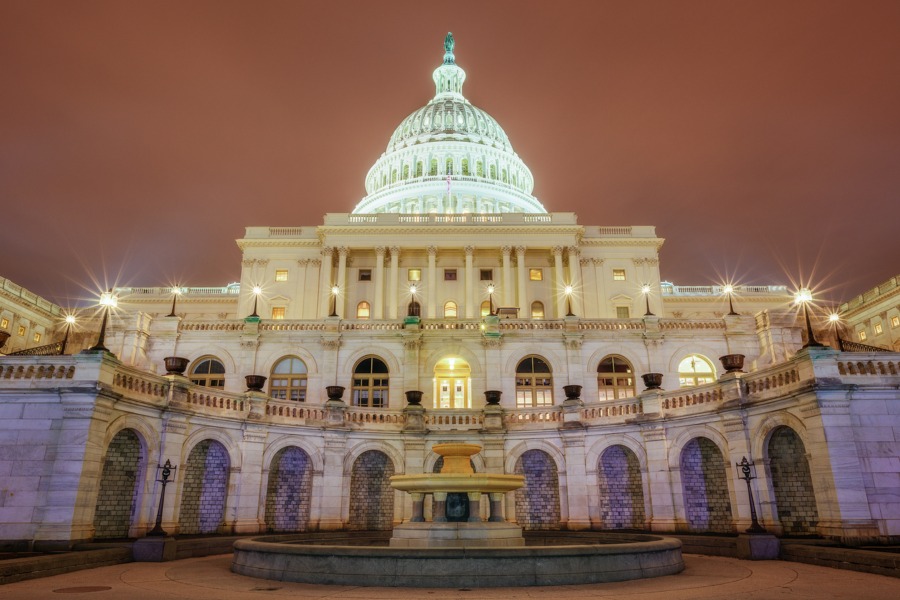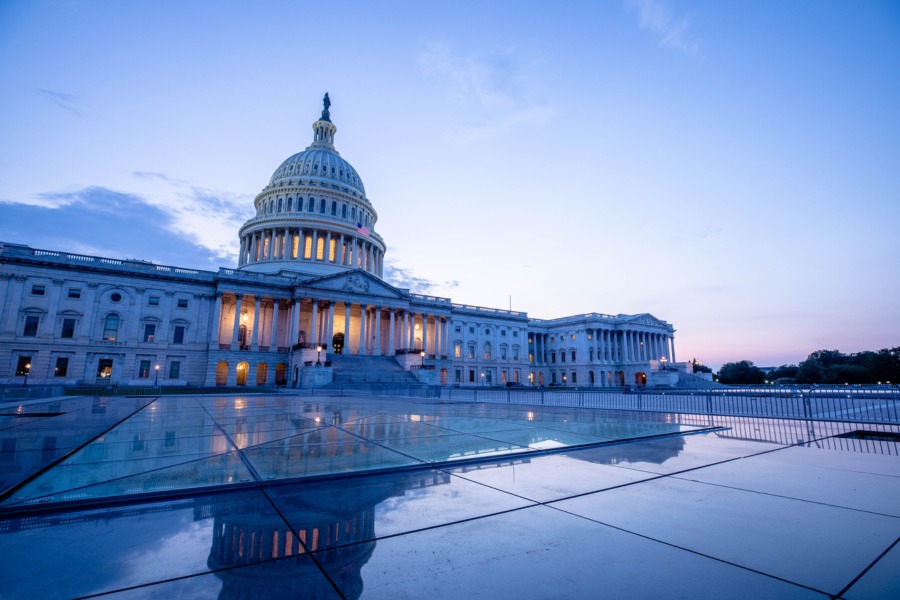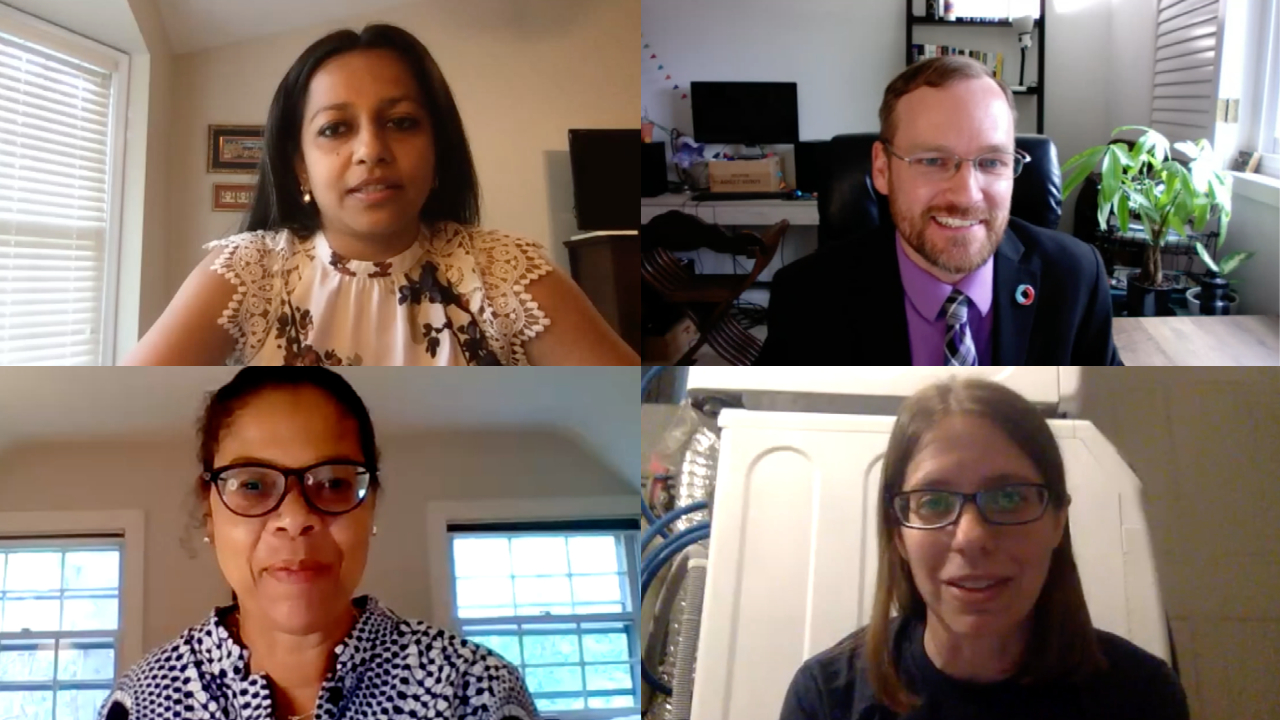5 takeaways:
➀ Cover not just illegality but what’s legal on Capitol Hill is as well. James Grimaldi, who won a Pulitzer Prize for unearthing a major congressional scandal, explains the “iron triangle” (Congress, the executive branch and special interest groups) that dictates what happens on Capitol Hill. Much of what looks like corruption turns out to be unseemly – but not illegal. And bribery is rare and “very, very difficult to prove,” Grimaldi said. Instead, politicians support issues and actions favored by their donors, and they’re generally smart enough not to say they did something in exchange for money. “That’s just the way Washington works,” Grimaldi said.
➁ Probe conflicts of interests. Instead of difficult-to-prove illegalities, journalists can delve into lawmakers’ conflicts of interest, which are ripe for exploration. Grimaldi detailed how a Cabinet nominee traded more than $300,000 in health-related stocks while he was a member of Congress involved with health-related legislation. (The story won NPF’s Everett McKinley Dirksen Award for Distinguished Reporting of Congress.) Among the data and documents he reviewed: campaign finance contributions, legislative actions, a report from the Senate committee vetting the nomination and financial disclosure statements all members of Congress must file. The disclosure reports generally show stock holdings in broad dollar-amount categories, but the related “periodic transaction reports” sometimes reflect the exact amount of particular holdings. The disclosure reports are maintained by the clerk of the U.S. House, as well as at the nonprofit Center for Responsive Politics.
➂ Explore a range of sources of congressional spending and contribution data. Raw information is available from the clerk of the U.S. House or the Federal Election Commission. The FEC’s site has gotten more user-friendly in recent years. But that same information has been collected and cleaned up by third-party sources that exist to help journalists and the public track elected officials. The Center for Responsive Politics (opensecrets.org) is the best known, but the National Institute on Money in Politics (followthemoney.org) and the subscription-required Political MoneyLine provide troves of data as well. LegiStorm, a paid site that made its name by publishing information on congressional salaries, also has a wealth of data. Paid sites will sometimes offer free trials or work with journalists to reduce costs.
➃ Don’t forget FOIA. Congress exempted itself from the Freedom of Information Act, but reporters can still find out what members are up to by filing FOIA requests to federal agencies that interact with those members, because the agencies are subject to the public records law. You can get a log of all the correspondence that from an individual member to a particular federal agency by writing a simple request to the agency’s FOIA officer.
➄ Think expansively. Before he starts a new investigation, Grimaldi compiles a list of all the different documents that might help. His full list here. It includes the rulemaking docket at federal agencies, court records, property records, corporate records, nonprofit tax returns, hearing transcripts – even obscure sources such as flight logs and manifests for aircraft. One of his favorite sites is OpenCorporates, which details companies and their board members.
This program was funded by the Evelyn Y. Davis Foundation. NPF is solely responsible for the content.






